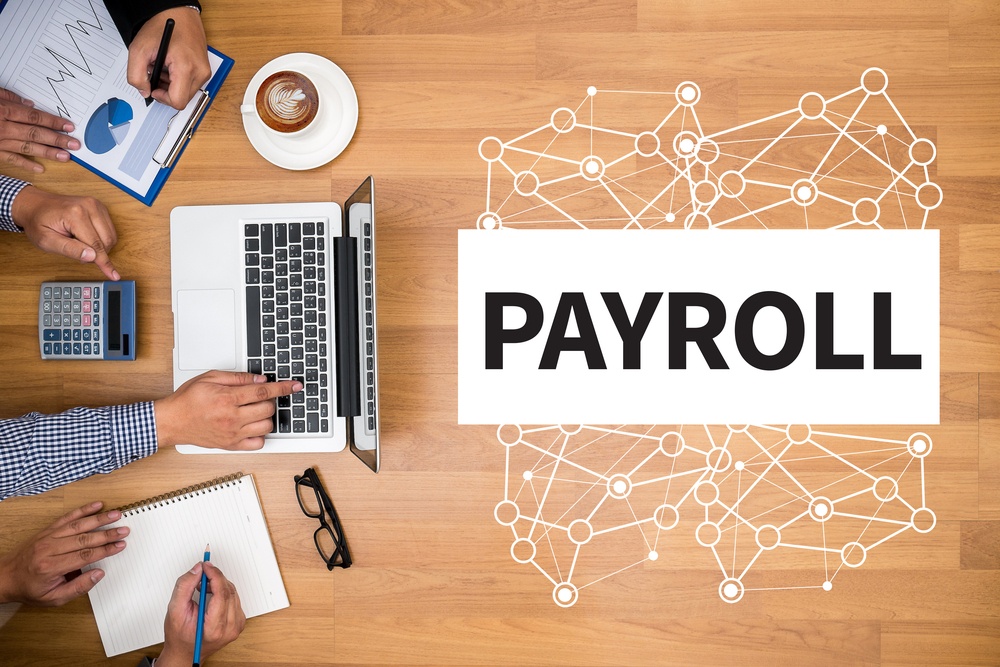Modern Payroll Solutions: The Advantages of Electronic Payment Processing
First step to a more agile payroll department is to implement technology that reduces the number of manual steps. This creates less opportunity for errors and allows your team to be more focused on anticipating issues instead of putting out flames.
Integrated systems are essential for guaranteeing that the information you use for payroll is exact and accurate across different software solutions. This helps eliminate the potential for inaccurate data from the manual import and export processes and helps verify the accuracy of information that is used to calculate payroll.
Automated Data Entry
The processing of payroll needs accurate calculation of salary and exact tax deductions. Errors could be expensive for both employees and your company. When you choose a payroll software that features computerized data entry can reduce errors and guarantees that your records remain up-to-date.
Modern automated systems come with user-friendly interfaces as well pre-programmed algorithms. They keep track of changing wage and hour laws and tax rules, keeping your business in compliance.
In addition, they typically include self-service portals, which permit workers to check their payslips and tax records. It not only speed up this process, but also helps reduce HR’s administrative workload. HR personnel can focus more time focused on engagement with employees and strategies. It’s true that working through the everyday tiniest details of managing human resources could cause stress for everyone on the team.
Enhanced Accuracy
One of the most significant challenges of payroll processing is ensuring that employees are paying on time and accurately. One mistake can lead to a loss of revenue as well as penalties and the possibility of legal action.
Luckily, technology can help reduce errors. Automation and analytical tools for payroll service data reduce the chance of error by humans by reducing complex calculations and eliminating redundant.
In addition, modern cloud software offers a seamless integration with HR and financial management software and delivers real-time data which allows accurate and current information to be accessible at all times. This reduces the need to manually enter data, this reduces the possibility of error and accelerates processes. Additionally, it lets HR and payroll experts to concentrate their attention to more strategic work, such as analyzing and making recommendations based on data analysis.
Time and Attendance Integration
In the event that you integrate your timing and attendance software with pay, then calculating and processing the employees’ regular and overtime wages becomes a smooth process. It reduces unnecessary data entry, as well as manually calculating, which saves the time and effort.
System for tracking time and attendance which aren’t linked to payroll systems can typically be susceptible to error. These errors can be costly, especially when labor is your largest expense–particularly for janitorial and security companies.
Integrating your time and attendance software with payroll can eliminate double entries and improves precision by keeping track of employee’s working hours electronically. In the case of the program which you pick, you may have the option of giving employees the ability to access the personal data they have on a self-service portal. This helps reduce the HR and payroll team burden and enables the team to focus on other important tasks for the company.
Electronic Payment Processing
Processing payroll involves the calculation of the wages of employees, including withholding tax and deductions for other expenses, and paying employees in a timely manner. It is crucial to ensure the accuracy and speed of this procedure is vital to employee satisfaction and successful business operations.
In contrast to paper checks, electronic payments minimize the paperwork involved and offer faster time to process. Also, these payment methods allow businesses to analyze financial data and maintain exact records which are easy to find.
They also facilitate global accessibility and enable businesses to accept multiple currencies and payment methods. They are also typically safer when compared to cash, and considerably more resistant to fraud and fraud. However, they need solid technology in order to ensure that the transactions are completed on time. One technical issue could create delays or system failures, which are expensive for organizations that rely on them.
Payroll Security and Compliance
Payroll departments deal with a variety of sensitive data for example, bank details of employees including addresses, addresses and Social Security numbers. It’s important to ensure that these data are safe from both external and internal security threats like hackers or fraud. To minimize the risk of this happening companies should back the payroll system, install software updates, and encourage employees to update passwords frequently.
The emergence of hybrid and remote working also necessitates that systems of compensation be flexible enough to accommodate different geographic settings. In most cases, this means reassessing all compensation options and insuring equality across all employees. To achieve this it is crucial to observe the algorithmic use in the payroll system and to ensure that they do not contain weaknesses that may lead to discriminatory decisions or result. Regularly scheduled audits and education can be helpful in accomplishing this.

